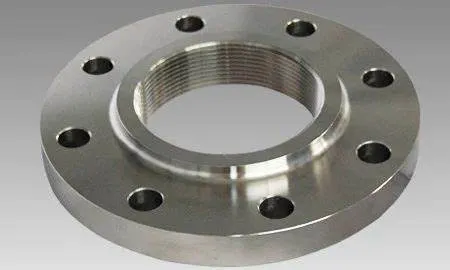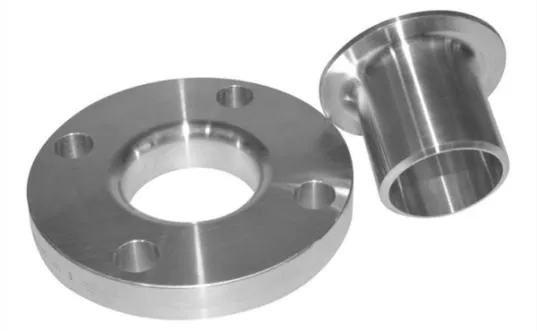-
Cangzhou Yulong Steel Co., Ltd.
-
Foon:
+86 13303177267 -
E-pos:
admin@ylsteelfittings.com
- Engels
- Arabies
- Italiaans
- Spaans
- Portugees
- Duits
- kazaks
- Persies
- Grieks
- Frans
- Russies
- Pools
- Thai
- Indonesies
- Viëtnamees
- Zoeloe
- Koreaans
- Oezbeeks
- Nope
- Serwies
- Maleis
- Oekraïens
- Gujarati
- Haïtiaans Kreools
- hausa
- hawaiian
- Hebreeus
- Miao
- Hongaars
- Yslands
- igbo
- iers
- Japannese
- Javaans
- Kannada
- Khmer
- Rwandese
- Afrikaans
- Albanees
- Amharies
- Armeens
- Azerbeidjans
- Baskies
- Wit-Russies
- Bengaals
- Bosnies
- Bulgaars
- Katalaans
- Cebuano
- Sjina
- China (Taiwan)
- Korsikaans
- Kroaties
- Tsjeggies
- Deens
- Esperanto
- Estnies
- Fins
- Fries
- Galisies
- Georgies
- Koerdies
- Kirgisies
- TB
- Latyn
- Letties
- Litaus
- Luxemburgs
- Masedonies
- Malgashi
- Malabaars
- Maltees
- Maori
- Marathi
- Mongoolse
- Myanmar
- Nepalees
- Noors
- Noors
- Oksitaans
- Pasjto
- Nederlands
- Punjabi
- Roemeens
- Samoaans
- Skotse Gaelies
- Engels
- Shona
- Sindhi
- Sinhala
- Slowaaks
- Sloweens
- Somalies
- Soendanees
- Swahili
- Sweeds
- Tagalog
- Tadjieks
- Tamil
- Tataars
- Telugu
- Turks
- Turkmeens
- Oerdoe
- Uighur
- Wallies
- Help
- Jiddisj
- Yoruba

Des . 23, 2024 17:38 Terug na lys
The Evolution of ANSI Flange Standards in the Oil and Gas Industry
The oil and gas industry is a cornerstone of modern infrastructure, driving economies and supporting countless other sectors. In this high-stakes field, the development of robust and reliable piping components has been crucial to meeting operational demands. ANSI flange standards have evolved over time to address the unique challenges faced by this industry, ensuring safety, efficiency, and global compatibility.

The Beginnings of Standardization About ANSI Flange
In the early days of the oil and gas industry, the lack of standardization in piping systems often led to inefficiencies and compatibility issues. Flanges, as critical connectors, were no exception. Early designs varied significantly in dimensions, materials, and pressure ratings, complicating maintenance and system upgrades. The introduction of ANSI standards marked a turning point, creating a unified framework that addressed these challenges.
ANSI rf flange quickly gained acceptance for their precise specifications and reliability. By standardizing dimensions, pressure ratings, and materials, they streamlined the design and operation of piping systems. This not only improved compatibility across components but also enhanced the safety and durability of oil and gas operations.
Adapting to High-Pressure and High-Temperature Environments About ANSI Flange
As the oil and gas industry expanded, operations ventured into more demanding environments, including offshore drilling and high-temperature refining processes. These conditions required flanges that could withstand extreme pressures, temperatures, and corrosive elements. ANSI split flange standards evolved to meet these needs, introducing higher pressure ratings and the use of advanced materials like stainless steel and alloy steels.
The development of specialized flange types, such as weld neck and ring-type joint flanges, addressed the specific challenges of high-pressure systems. These designs ensured leak-proof connections, even under fluctuating conditions, making them indispensable for critical applications like wellheads, pipelines, and refineries.

Embracing Material Advancements About ANSI Flange
The evolution of ANSI flange standards also reflects advancements in material science. Early flanges were primarily made of carbon steel, which offered durability but limited resistance to corrosion. As exploration moved into offshore and deep-sea environments, the need for more resilient materials became evident.
Stainless steel and nickel-based alloys were introduced to enhance corrosion resistance and maintain structural integrity in harsh conditions. ANSI standards incorporated these materials, enabling oil and gas operations to thrive in environments with high salinity, acidity, or temperature extremes. This adaptability ensured that ANSI flanges remained at the forefront of piping technology.
Enhancing Safety and Reliability With ANSI Flange
Safety has always been a top priority in the oil and gas industry, where the consequences of equipment failure can be catastrophic. ANSI flange standards have continually evolved to improve safety measures, ensuring robust and reliable connections. By adhering to stringent manufacturing and testing requirements, these standards minimize the risk of flange failure due to material defects, improper installation, or operational stress.
The inclusion of strict pressure and temperature ratings, as well as guidelines for flange face finishes and gasket compatibility, has further enhanced the reliability of ANSI flanges. These measures have reduced the likelihood of leaks, explosions, and environmental hazards, protecting both personnel and the environment.
Meeting the Demands of Globalization About ANSI Flange
The globalization of the oil and gas industry has necessitated the development of standards that facilitate international trade and collaboration. ANSI flange standards have played a vital role in this regard, offering a common language for piping systems across the globe.
By harmonizing with other international standards, such as ISO and API, ANSI standards have ensured that flanges can be manufactured, sourced, and used interchangeably worldwide. This compatibility has simplified supply chains, reduced costs, and supported the growth of global oil and gas operations.
Innovating for the Future About ANSI Flange
The evolution of ANSI flange standards is ongoing, driven by advancements in technology and the changing needs of the oil and gas industry. Modern manufacturing techniques, such as 3D printing and precision machining, are enabling the production of flanges with tighter tolerances and enhanced performance.
Additionally, the integration of digital technologies, such as sensors for real-time monitoring of pressure and temperature, is paving the way for smarter and more efficient piping systems. ANSI standards are adapting to these innovations, ensuring that they continue to meet the demands of a rapidly evolving industry.
Jongste nuus
-
ANSI 150P SS304 SO FLANGE
NuusFeb.14,2025
-
ASTM A333GR6 STEEL PIPE
NuusJan.20,2025
-
ANSI B16.5 SWEIS NEKFLENS
NuusJan.15,2026
-
ANSI B16.5 SLIP-ON FLENS
NuusApr.19,2024
-
SABS 1123 FLANGE
NuusJan.15,2025
-
DIN86044 PLAATFLENS
NuusApr.19,2024
-
DIN2527 BLIND FLANGE
NuusApr.12,2024
-
JIS B2311 Butt-Welding Fittings LR/SR 45°/90° /180°Seamless/Weld
NuusApr.23,2024











